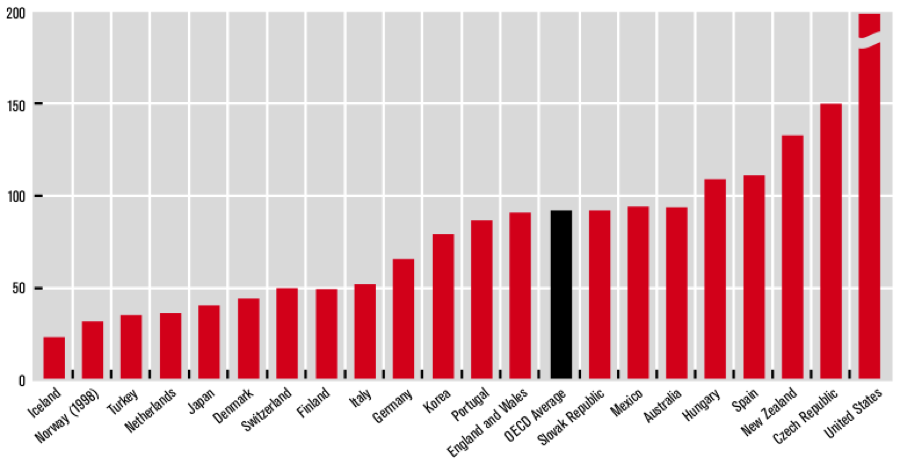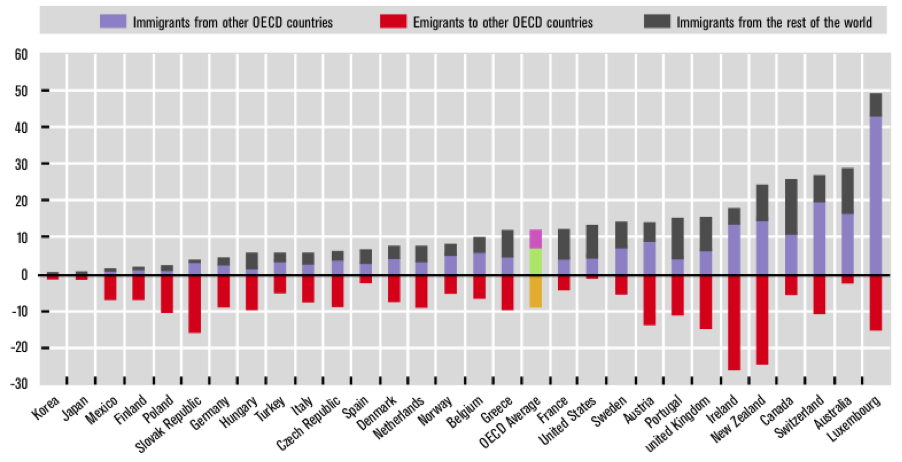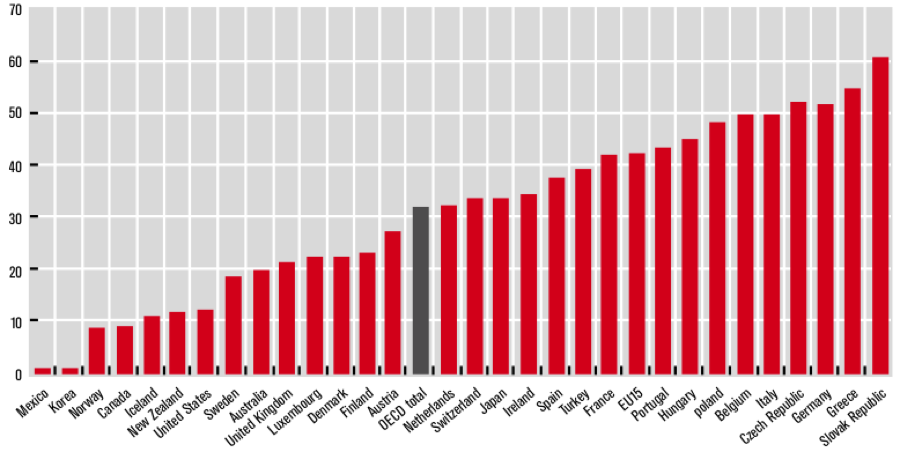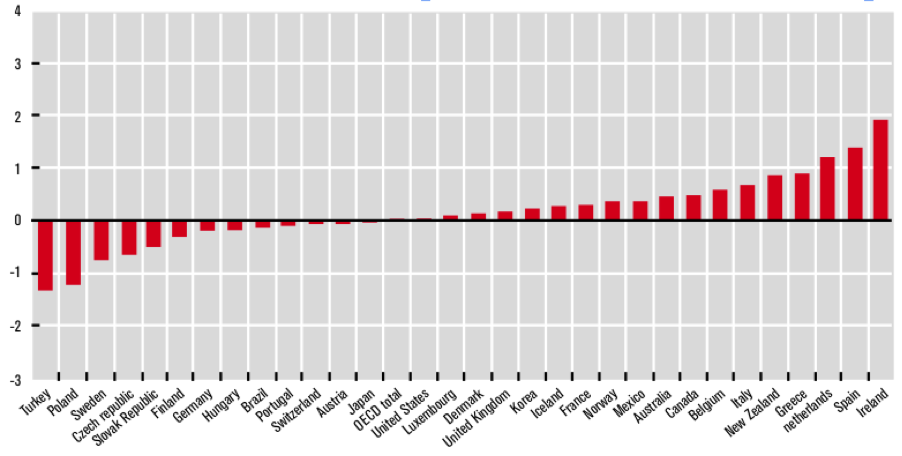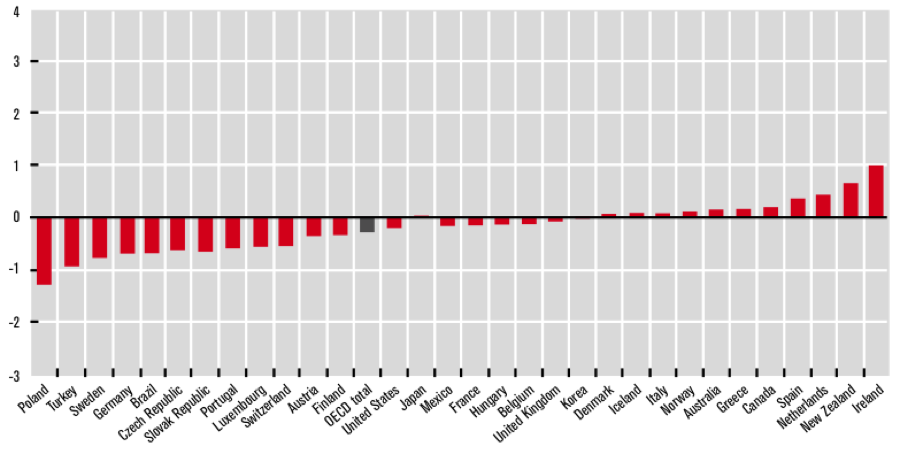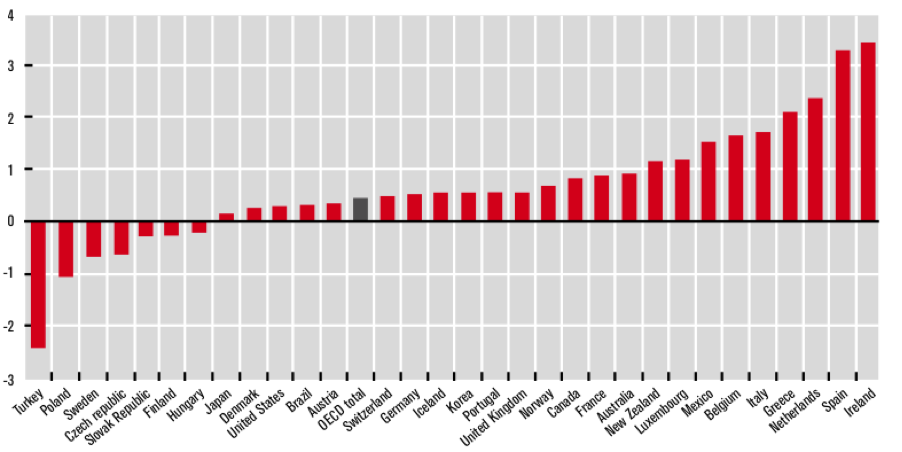According to the latest figures in the retail real estatemarket, the sector is growing faster in the Gulf than in anyother region. The business website AME Info reports that by2010, nearly 50 million square meters of gross leasable area(GLA) will be available in the area, with the UAE and SaudiArabia taking up 44% and 30% of the pie, respectively. By2009, Dubai is also expected to have the highest retailspending in the GCC, beating out Saudi Arabia, despite itssmaller population. The city is gearing up for this increaseby building giant malls, such as the Dubai Mall, which isbeing hailed as the largest in the world. Hoping to cash inon this growing trend is the ABC Group—operators of the ABCdepartment stores and malls—which is scheduled to open two stores this year in Bahrainand Amman.
From the original store that was located in old Beirut onBab Idriss Street in 1936, the ABC Group has since morphedinto an expansive department store, with two shoppingcenters and a number of additional stores, including twonewly-added cosmetic and perfume outlets, under its belt.Despite the civil war that first claimed the Bab Idriss shopin 1976, followed by the 1982 destruction of the Hamra andTripoli stores, ABC has managed to become a member of theInternational Association of Department Stores (IADS),boasting retail spaces of over 60,000 m2.
Leader in Lebanon
According to figures provided by ABC, the Group enjoysone of the highest brand awareness rates in Lebanon,estimated at 97%, while 76% of consumers shop at one or moreof its locations. Within its first year of operation in2003, the ABC Mall in Ashrafieh was visited by five millionshoppers, with the number of visits to the Dbayeh mallamounting to 2.5 million per year. Branching out with ninedepartment stores into various Lebanese regions, such asBeirut, Zahleh, Kaslik and Tripoli, the company is supportedby a staff of over 600 employees.
The ABC concept as we know it today has shifted away fromits original exclusive focus on retail activities. “Thecompany started first as a regular retail business, addingat a later stage a real estate arm in charge of building,developing and leasing retail space, which resulted in ashopping center, comprising an inclusive ABC departmentstore,” said Robert Fadel, ABC’s director. This shift instrategy was marked by the construction of the Dbayehdepartment store, where for the first time, space was rentedto retail businesses. This move was subsequently followed bythe construction of the 42,000 m2 Ashrafieh mall. Otherservices, such as child daycare, information desks, weddinglists and a car wash were also added to the initial basketof products offered by the Group.
Expansion into foreign markets seemed like the naturalnext step. Prompted by booming Arab markets, Lebanese marketlimitations and a teetering political situation, variousfactors conspired to export the ABC concept to the MiddleEast. In the Jordanian and Bahraini markets, consideredstepping stones in the company’s overall expansion plan, thebusiness model adopted was either inspired from the Lebanonexperience or completely overhauled. “Occupying a 4,500 m2surface, the Amman department store will be similar to theBeirut one, although it will be developed on a smallerscale. The Bahrain 1,500 m2 concept store, however, focuseson women’s apparel, which includes accessories, shoes andlingerie,” added Fadel.
Positioned as mid- to high-end outlets, the ABC departmentstores offer various international brands, such as Carol,Tintoretto, A Priori, McGregor and Kookai, as well as luxuryitems from Chanel and various jewelry designers. The storesalso provide tableware and household items, shoes,accessories, cosmetics and perfumes, which are sold atcompetitive prices. With over 100 international, regionaland local brands holding sales stands at ABC, the group isthe largest retail developer in Lebanon, incorporating over200 tenants. Within the Middle East, the Bahrain and Jordanstores will also be positioned in the middle range of theretail spectrum, with Debenhams on the lower end and HarveyNichols on the higher end. “Besides these two contenders,basically anyone in the fashion industry is our competitor,”said Fadel.
Expansion plans
Collections on display in the Jordan and Bahrain storeswill also differ from the ones available in Lebanon, as aresult of differing store sizes as well as conflictingrepresentation and exclusivity contracts, a problemcurrently under examination by the ABC management. “TheAmman store will, however, include ‘shop-in-shops,’ such asKookaï or Chanel,” Fadel pointed out.
Despite expansion into foreign markets, ownership of thecompany will not be affected. “The company is owned up to80% by the founding family, with the remaining 20% dividedamong 100 shareholders,” explained Fadel. Owners also relyon a flexible structure based on three core activities:operation and services, leasing, and merchandising andmarketing.
Operation and services, the first sector of activity, isunderpinned by support services—including HR, purchasing,MIS, design and in-store marketing, maintenance,warehousing, finance and legal office departments. Store andmall operations are divided by area—including Dbayeh,Tripoli, Zahleh, Hamra, Ashrafieh, Kaslik and Furn elShebbak—and overall mall management. Leasing, the secondcore activity, is dependent on the company’s real estatearm. Lastly, the marketing activity involves events andpromotions, customer relationship management (CRM), marketresearch and communications. Purchasing is in charge ofregrouping ladies’ and men’s wear, shoes, lingerie,children’s wear, home items, appliances, toys andaccessories under one roof.
While the Group’s larger projects in Lebanon requiredmajor investments—the company’s total assets are currentlyestimated at over $100 million—the Bahrain and Jordanventures will require less capital. Including the cost ofmerchandise, the new ABC stores will fall within a bracketof $5 to $10 million and will be backed by staffs of 50 to200 employees. Fadel also expects sales revenue for the twonew outlets to vary between $4,000 and $7,000 per m2, afigure that can be put in perspective when compared to the$3,000 generated by local Lebanese stores. Considered one ofthe highest non-food ratios in Lebanon, ABC’s turnoverrepresents 13% of the $1.5 billion Beirut retail market.
Like any other company with an eye on attractive businessopportunities available in the Middle East, Fadel isconsidering ABC’s expansion into Kuwait, the UAE, Syria,Egypt or the KSA. As for going public, however, he has lessambitious plans. “It will eventually happen, sooner ratherthan later,” Fadel stated, “but there is no definite timeframe yet.”

